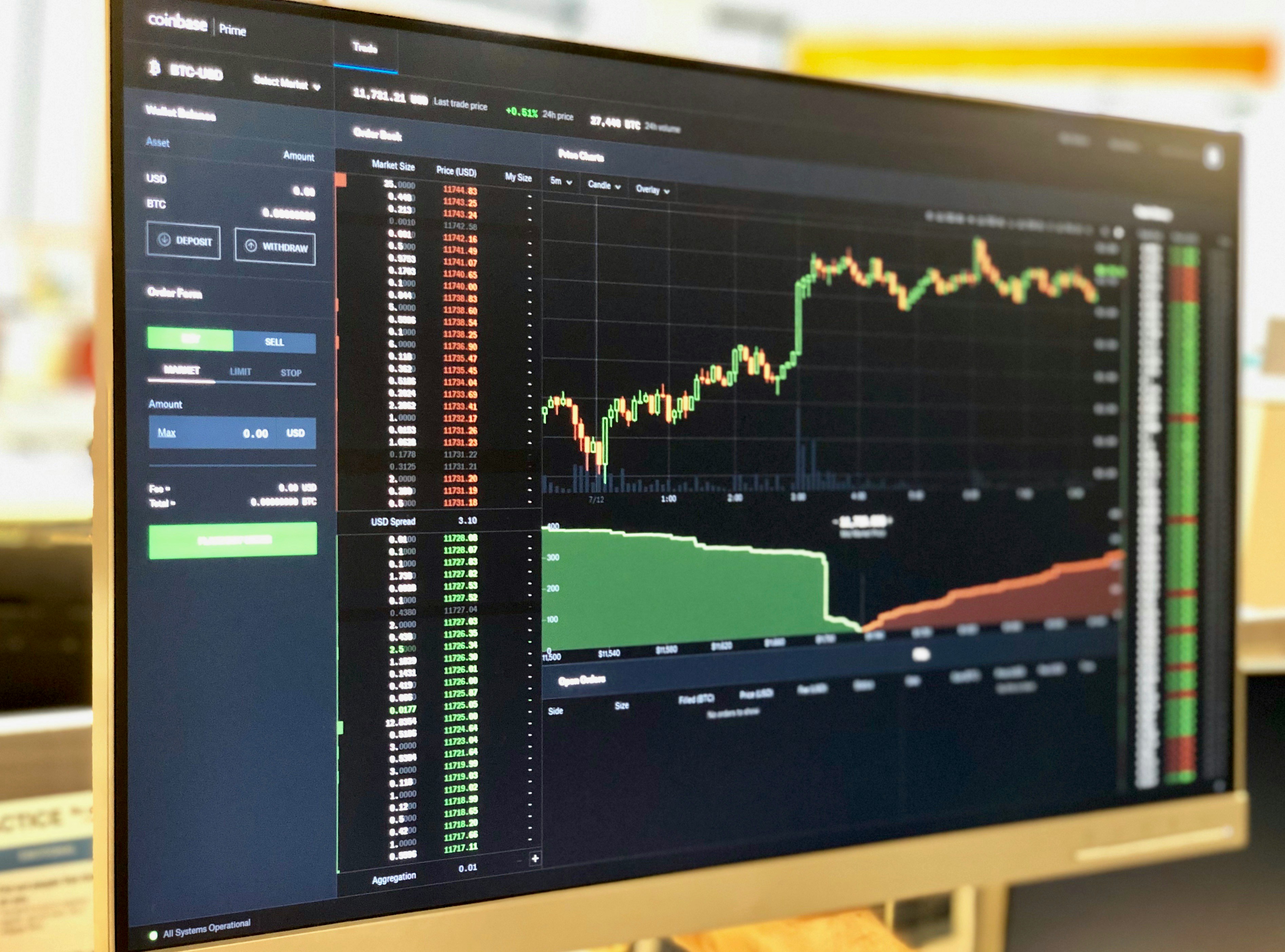
Historical Trends of Bitcoin Price
Since its inception in 2009, Bitcoin has experienced a remarkable journey characterized by significant price fluctuations that have attracted the attention of investors and analysts alike. The cryptocurrency was first introduced at a price of approximately $0.0008, but it gained traction over the years, reaching the $1 mark by 2011. This early milestone marked the beginning of a series of notable price spikes and crashes, which have continued to define the Bitcoin market.
One of the most prominent price surges occurred in late 2017, when Bitcoin reached an all-time high of nearly $20,000. This meteoric rise was fueled by heightened investor interest and media coverage, leading to increased adoption and speculation. However, the euphoria was short-lived, and Bitcoin faced a significant correction in 2018, plunging to around $3,200 by December of that year. This crash exemplified the high volatility associated with Bitcoin pricing, a hallmark feature of the cryptocurrency that remains relevant today.
Further fluctuations were observed in subsequent years, with Bitcoin reaching new highs in 2021, exceeding $64,000 before experiencing another downturn. Throughout this period, external factors—including regulatory developments, technological advancements, and macroeconomic trends—played crucial roles in shaping Bitcoin’s price movements. For instance, announcements regarding institutional adoption, as well as broader market conditions linked to global events, have influenced investor sentiment, thereby contributing to the overall volatility of Bitcoin.
Charting Bitcoin’s price against significant global events reveals a complex relationship between external factors and market behavior. Such analysis demonstrates not only the responsiveness of Bitcoin price to day-to-day news but also its broader market dynamics. Over the past decade, general trends indicate a growing acceptance of Bitcoin as a digital asset, though its path remains riddled with uncertainties that define its historical narrative.
Factors Influencing Bitcoin Price
The price of Bitcoin, the leading cryptocurrency, is susceptible to a myriad of factors that collectively determine its market value. One of the primary determinants is the dynamics of supply and demand. Bitcoin’s supply is capped at 21 million coins, creating an inherent scarcity that can lead to price appreciation if demand increases. When interest in Bitcoin rises, driven by various markets or investor behavior, the limited supply leads to higher prices.
Market sentiment plays a pivotal role in shaping Bitcoin’s price trajectory. Investor psychology, influenced by news, trends, and social media, affects buying and selling decisions. Positive news, such as institutional adoption or favorable regulation, often leads to bullish trends, while negative sentiment can trigger sell-offs, creating acute price fluctuations. This interplay between sentiment and price highlights the volatile nature of the cryptocurrency market.
Regulatory developments also significantly impact Bitcoin’s price. Announcements regarding regulations can either instill confidence or create uncertainty among investors. For example, when major economies announce supportive legislation or integration into financial systems, it tends to boost Bitcoin’s perceived legitimacy, resulting in price increases. Conversely, strict regulatory measures can lead to rapid declines, shaking investor confidence.
Technological advancements within the Bitcoin ecosystem can further affect pricing. Innovations that improve transaction speed, security, or scalability can enhance Bitcoin’s utility, subsequently attracting more users and investment. Conversely, vulnerabilities or technological setbacks can raise concerns, which may adversely affect its price.
Institutional investors represent another critical force behind Bitcoin price movements. Their entry into the market often drives up demand significantly due to their large capital reserves. Moreover, macroeconomic conditions such as inflation rates, interest rates, and fiscal policies frequently correlate with Bitcoin price trends. Notable historical events, including economic crises or geopolitical tensions, have also historically influenced Bitcoin’s market performance, reinforcing its role as a digital asset with unique value propositions.
Current Market Analysis of Bitcoin Prices
As of late 2023, the price of Bitcoin has experienced notable fluctuations, reflecting the inherent volatility of cryptocurrencies. Currently, Bitcoin trades within a range that demonstrates both resilience and sensitivity to various market influences. Recent price data indicates that Bitcoin has established support at approximately $25,000, with resistance levels peaking near $30,000. These price movements suggest that traders are closely monitoring broader economic signals while positioning themselves for potential market shifts.
Recent trading volume also reveals significant interest in Bitcoin. Reports show an increase in daily transactions, which is often indicative of heightened investor confidence. The trading volume surged to levels not seen since the 2021 bull run, suggesting a re-engagement of both retail and institutional investors. This renewed participation in the market plays a critical role in driving the price of Bitcoin and fostering further interest in cryptocurrencies as a whole.
Comparing the current market conditions to historical prices, it becomes evident that Bitcoin is navigating a unique landscape post-2021. While prior to this period, Bitcoin’s price was consistently driven by speculative trading and market hype, recent trends indicate a more foundational approach bolstered by macroeconomic factors. Experts suggest that ongoing global economic issues, such as inflation and currency depreciation, are prompting investors to consider Bitcoin as a hedge against traditional fiat currencies.
Market analysts are divided in their predictions for Bitcoin’s short-term trajectory. Some foresee potential upward movement, especially if Bitcoin can consolidate above the $28,000 mark. Others caution against potential downturns if negative regulatory news or shifts in market sentiment occur. Amidst this backdrop of uncertainty, informed investment strategies grounded in thorough analyses of price trends will be essential for navigating Bitcoin’s evolving landscape.
Future Predictions for Bitcoin Price
The future of Bitcoin price remains a topic of intense debate among market analysts and cryptocurrency experts. Given its historical volatility, several scenarios have emerged, each influenced by diverse factors such as technological innovations, regulatory changes, and the behavior of broader market movements. A thorough understanding of these elements is crucial for anyone contemplating an investment in Bitcoin.
One predominant bullish prediction stems from the anticipated advancements in blockchain technology. As Bitcoin’s underlying framework evolves, it may experience enhanced scalability and efficiency, potentially leading to increased adoption among investors and institutions alike. Moreover, the ongoing integration of Bitcoin into mainstream financial systems could foster a more stable market, driving demand and consequently elevating its price over time.
Conversely, some analysts adopt a more cautious stance, predicting a bearish outlook based on potential regulatory clampdowns. Governments worldwide are increasingly scrutinizing cryptocurrencies, which may lead to stricter regulations. Such regulatory measures could negatively impact Bitcoin’s appeal to investors, resulting in price depreciation. Moreover, competition from alternative cryptocurrencies—many of which aim to address perceived limitations within Bitcoin—could further affect its market dominance.
Market sentiment and macroeconomic factors also play a critical role in determining Bitcoin’s future price trajectory. For instance, global financial instability often leads to a surge in demand for Bitcoin as a hedge against traditional market fluctuations. Conversely, a stable economic environment might reduce the urgency for investors to turn to Bitcoin. Each of these dynamics will significantly shape how Bitcoin’s price evolves in the coming months and years.
In examining these potential scenarios, it becomes evident that while there are clear opportunities for growth, the risks inherent to investing in Bitcoin remain substantial. Careful consideration of both bullish and bearish predictions is essential for investors navigating this ever-changing landscape.


